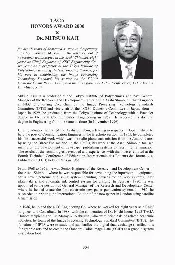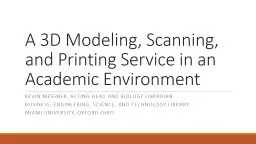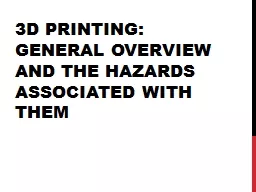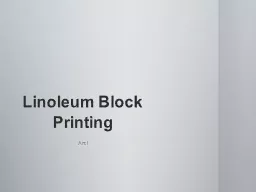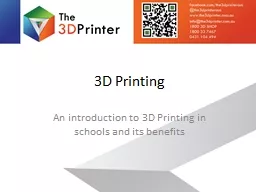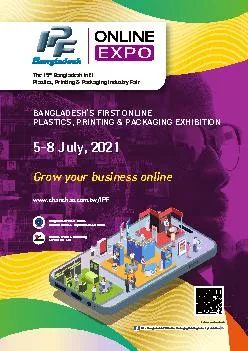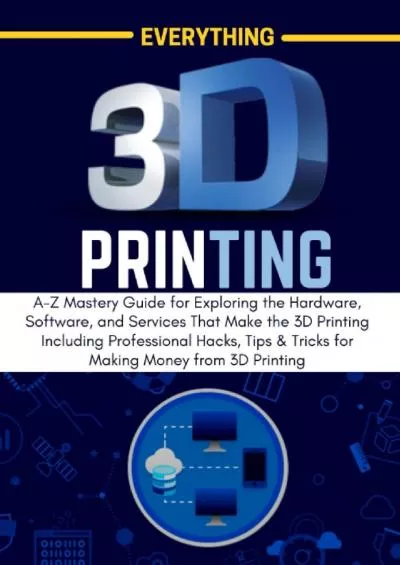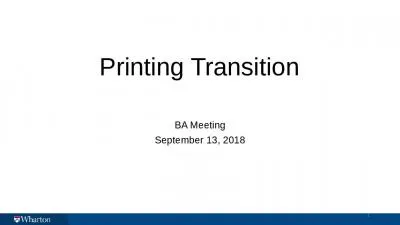PDF-years of service to the printing industry
Author : davis | Published Date : 2021-08-26
TAGA HONORS A W40 including 31 years at PIRA where he obtained the title of Chief Sciemist for tis work in swface chemistry problems and drying of printing inks
Presentation Embed Code
Download Presentation
Download Presentation The PPT/PDF document "years of service to the printing industr..." is the property of its rightful owner. Permission is granted to download and print the materials on this website for personal, non-commercial use only, and to display it on your personal computer provided you do not modify the materials and that you retain all copyright notices contained in the materials. By downloading content from our website, you accept the terms of this agreement.
years of service to the printing industry: Transcript
Download Rules Of Document
"years of service to the printing industry"The content belongs to its owner. You may download and print it for personal use, without modification, and keep all copyright notices. By downloading, you agree to these terms.
Related Documents

